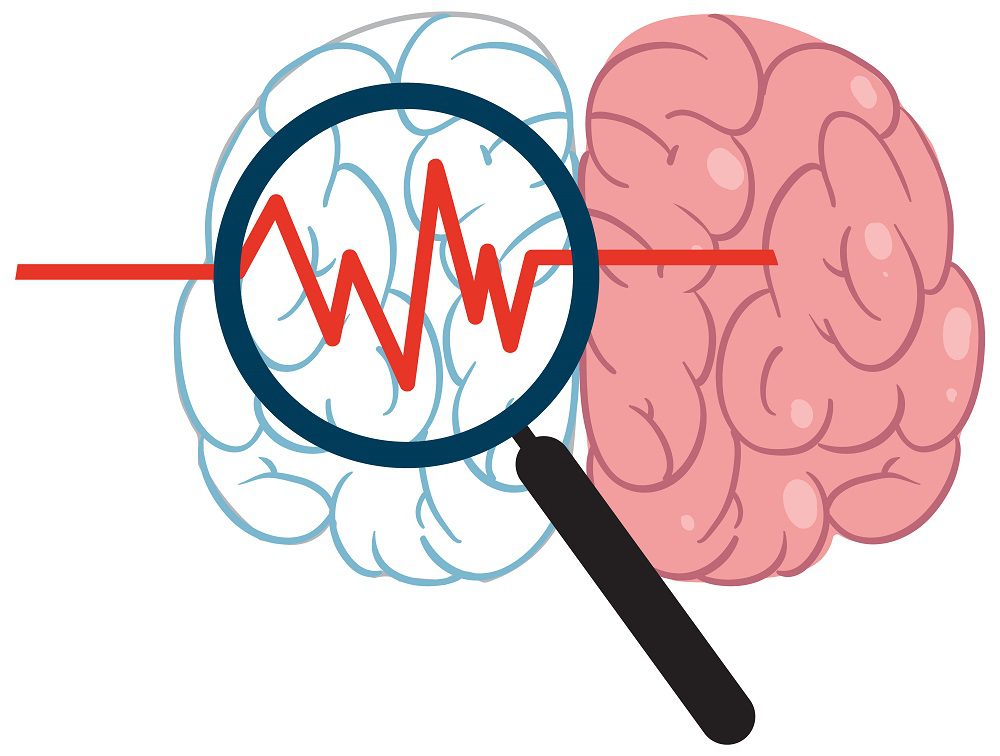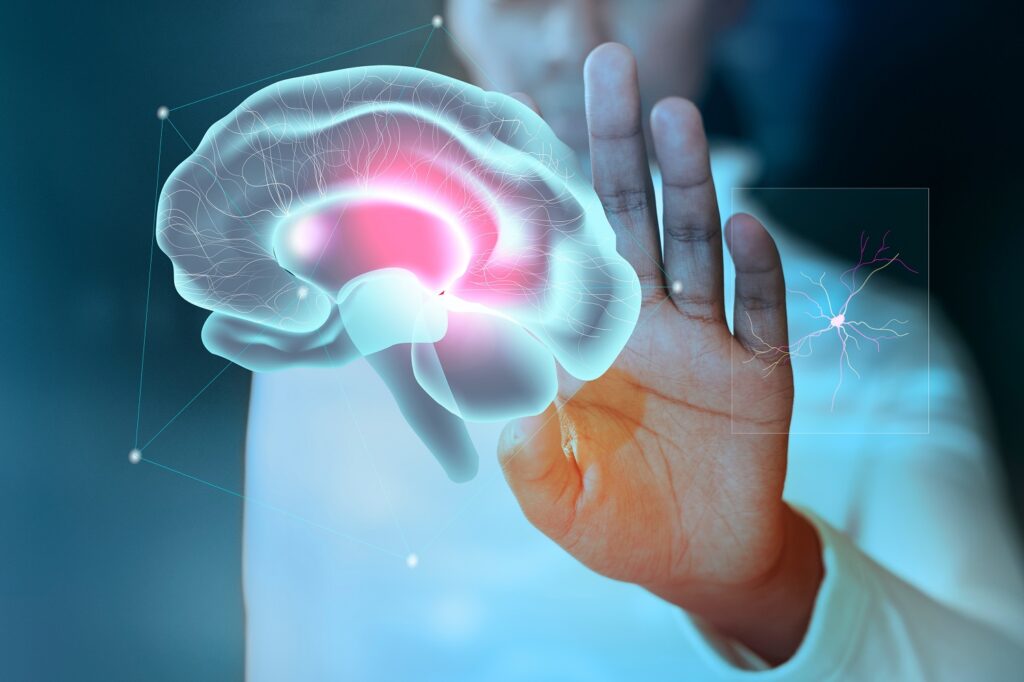Alzheimer’s dementia (AD) is recognized to be caused by a variety of genetic, metabolic, and environmental problems. It should be feasible to reverse dementia if all of those defects were treated, but it would take a stifling amount of medications to do so. However, the issue could be resolved more simply by focusing on the brain cells whose activities are altered as a result of the anomalies and using the information at hand to develop a logical therapy to reverse those changes. Astrocytes, oligodendrocytes, neurons, endothelial cells/pericytes, and microglia are the different types of brain cells that are impacted. Clemastine, dantrolene, erythropoietin, fingolimod, fluoxetine, lithium, memantine, minocycline, pioglitazone, piracetam, and riluzole are some of the readily available medications. Fingolimod only slightly addresses endothelial cells, and memantine is the weakest of the remaining four. Low doses of either two or three drugs are suggested to minimize the probability of toxicity and drug-drug interactions.
















